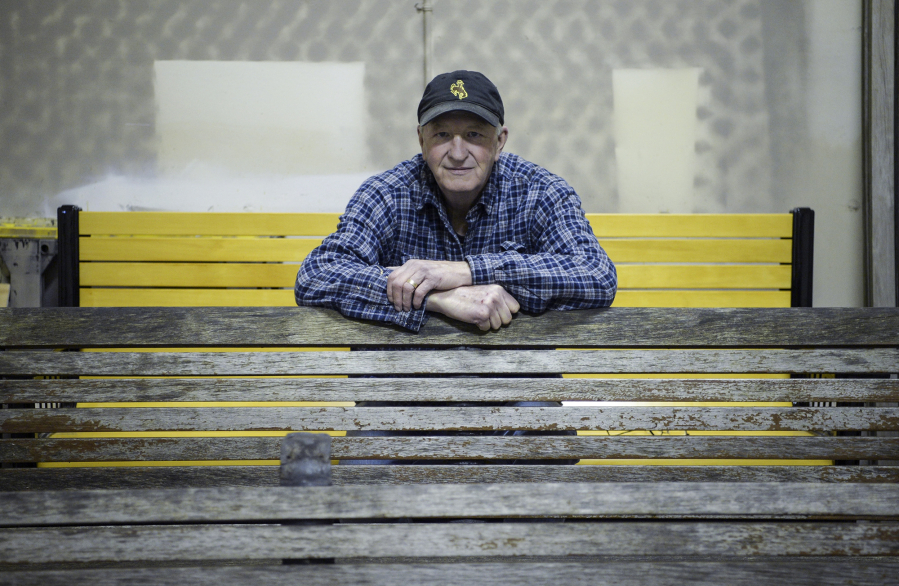Vancouver Barracks and Officers Row can be inviting places for a stroll. Walking routes take you past buildings that go back 140 years and more.
Maybe you just want to sit and reflect on all that history: That’s becoming more inviting than it used to be. Volunteer Jim Bunzey is renovating 19 badly weathered park benches in the historic area managed by the nonprofit Fort Vancouver National Trust.
Bunzey brings a couple of attributes to the task. He’s a retired machine-shop owner whose company made parts for NASA projects.
“I’m intrigued by history,” said Bunzey. “And I’m intrigued how the trust has kept these old building around.”
DID YOU KNOW?
• Fort Vancouver National Site is a partnership among the National Park Service's Fort Vancouver National Historic Site, the city of Vancouver and the nonprofit Fort Vancouver National Trust.
The National Trust manages some prominent historic buildings in the West Barracks and Officers Row. It launched a project a few days ago to replace the Providence Academy roof.
But in terms of public use, the park benches are as accessible as a structure can get. They’re open for business 24/7, rain or shine … which around here means a lot of rain.
Even though trust officials had a renovation project in mind, two of the weatherbeaten benches “were pulled ahead of time because they were in poor shape,” said Josh Cameron, the trust’s maintenance supervisor.
Bunzey came along at just the right moment. After a tour of historic buildings such as the Artillery Barracks and the Marshall House, “I asked if I could volunteer to do some maintenance work,” said Bunzey, who moved here with his wife from Colorado, by way of Hawaii.
“The timing was right, and the bench project was a perfect first project for Jim,” Cameron said in an email. “The visual impact can hardly be ignored since the benches look brand new.”
Some of the bright yellow benches can be seen on or near the grounds of the O.O. Howard House, 750 Anderson St. The 139-year-old landmark is headquarters of the National Trust, and is part of the gateway from downtown Vancouver to the historic campus.
There are two styles of benches. Sixteen follow a modern design, featuring straight lines and right angles. The other three have curving ironwork. Although they have a vintage look, reminiscent of a 1920s school desk, they likely were installed no more than 30 years ago, Cameron said.
Bunzey is replacing the wood in the 16 modern-looking designs with new pieces of Alaska yellow cedar. The three vintage-looking benches originally were built with oak slats, but they’re getting reassembled with Alaska yellow cedar, too. It’s wood that Bunzey is recycling from the other benches.
Bunzey runs a weathered slat through a planer, which shaves off a fraction of an inch of wood with each pass. After four trips through the planer, he has a gleaming piece of wood that is slightly smaller than it used to be, but still sturdy enough for the smaller vintage-style benches.
“Why not use the wood? It’s free, and it’s beautiful,” said Bunzey, whose workshop is inside the old Post Hospital, one of those historic West Barracks buildings.
Bunzey repaints the ironwork with a gleaming black Rust-Oleum. Mark Haggard, maintenance department painter, brushes three coats of a marine-grade finish on the cedar. Then the bench is reassembled and returned to duty on the historic campus.
And as Bunzey noted, “There is a lot to see here.”




